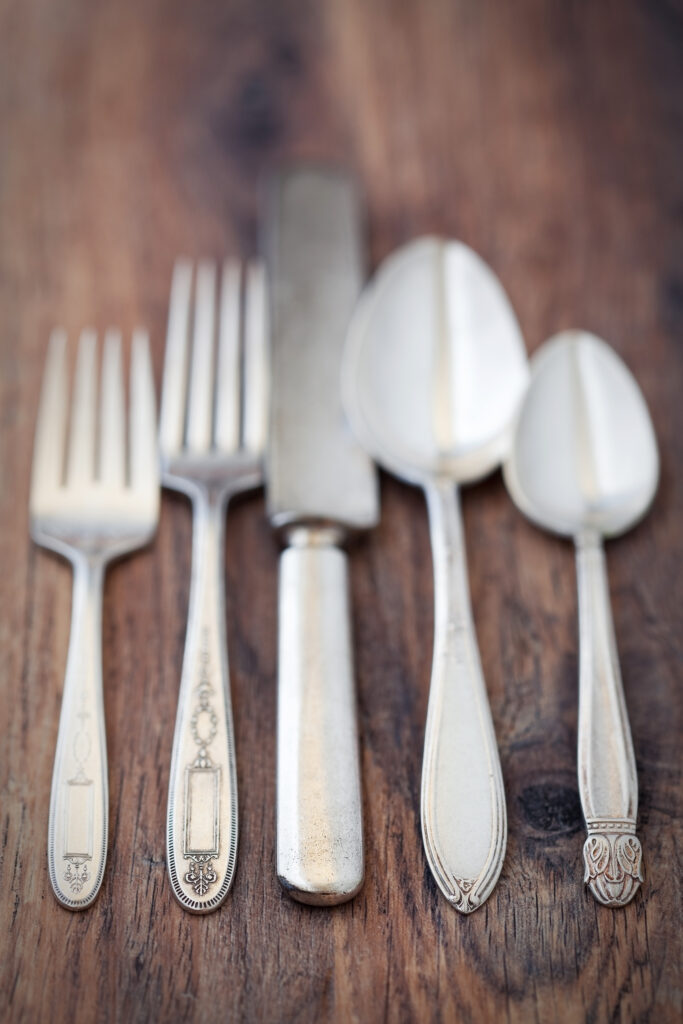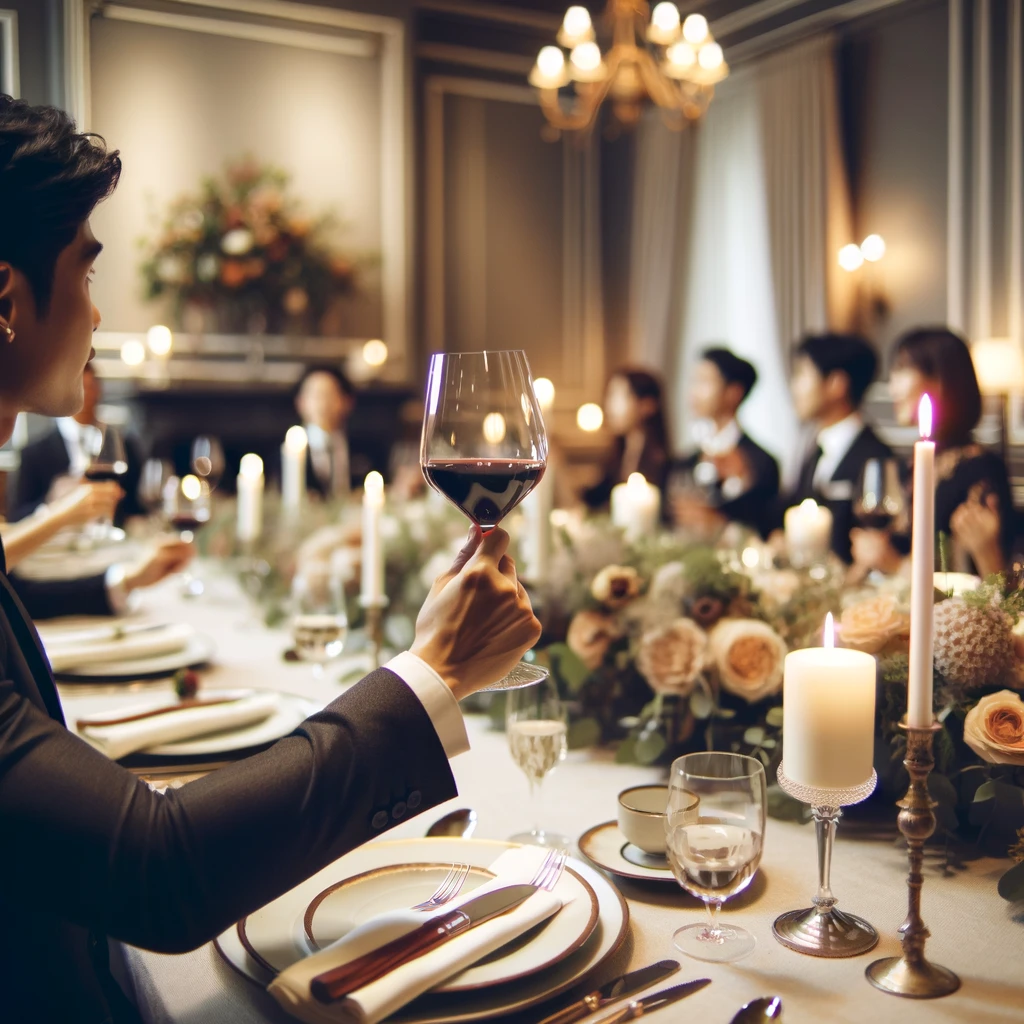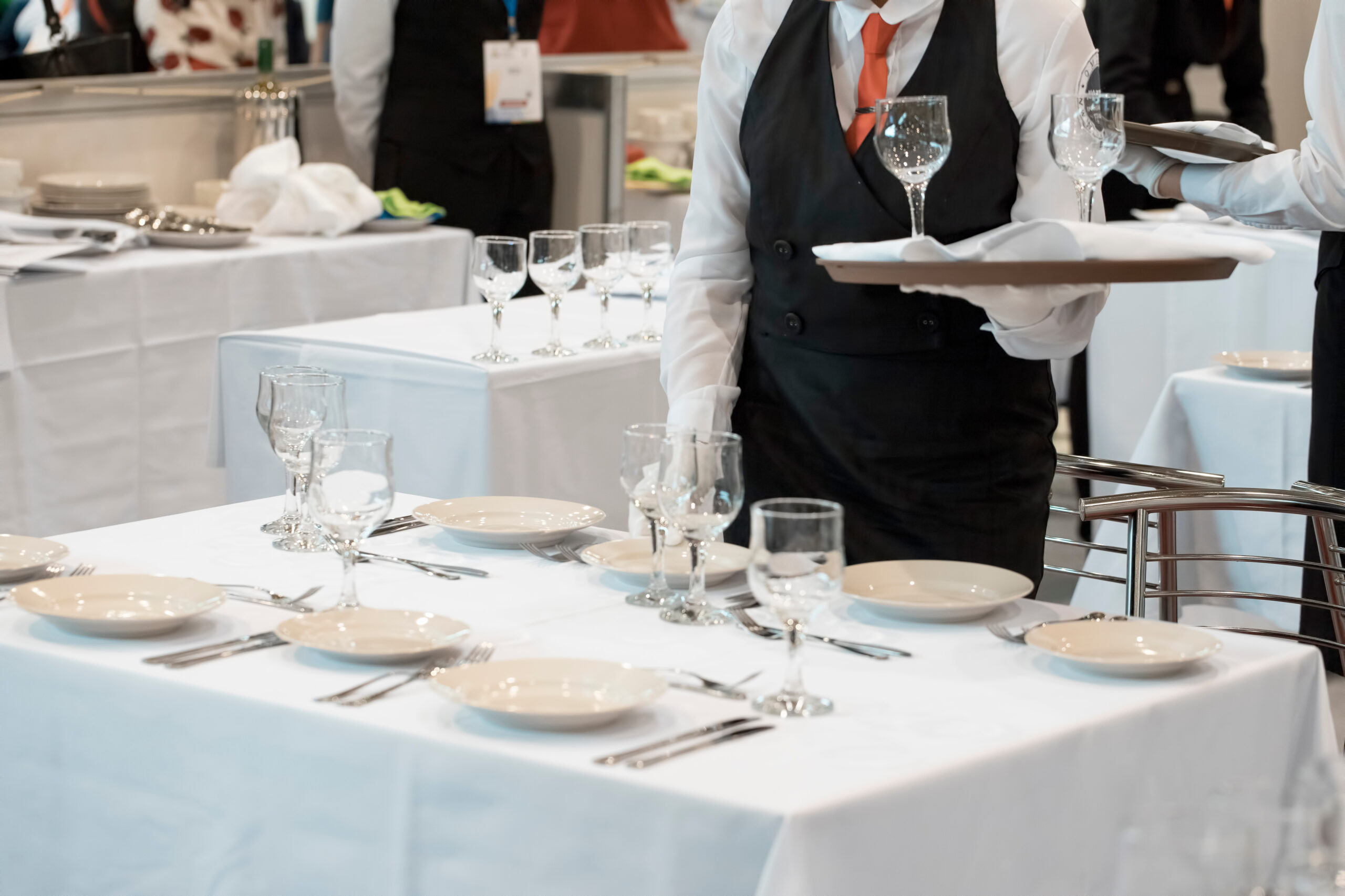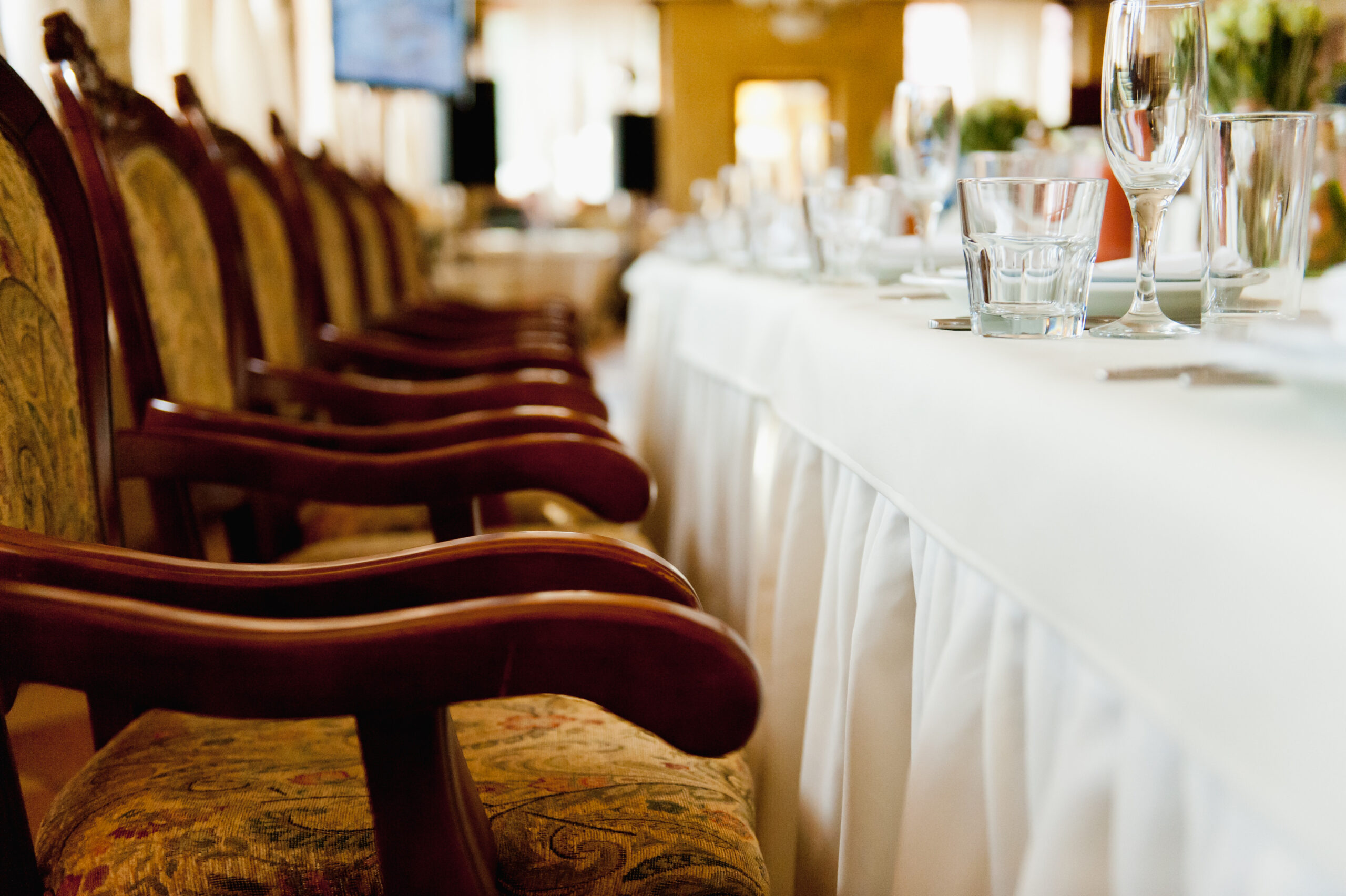123RF
Dining etiquette has evolved significantly over the years. While some traditional practices have remained steadfast, others have faded into obscurity. This article explores eleven dining etiquette rules that have vanished from modern dining experiences.
1. Formal Dress Codes for Dinner

123RF
In the past, attending a dinner party often meant dressing in formal attire. Men wore suits and ties, while women donned elegant dresses and gloves. Today, casual wear is more acceptable, even in some upscale restaurants. The shift towards a more relaxed dress code reflects changes in societal norms and a desire for comfort. As casual dining becomes more prevalent, the formal dress code continues to decline.
2. The Use of Finger Bowls

DALL-E
Finger bowls, once a staple in formal dining settings, have largely disappeared. These small bowls filled with water were used to rinse fingers between courses. The practice symbolized cleanliness and refinement. However, as dining has become more casual, finger bowls have become less common. Modern diners rely more on napkins and hand sanitizers, making finger bowls a rare sight.
3. Strict Rules for Using Utensils

123RF
There was a time when knowing the precise use of each utensil was crucial. The complex arrangement of forks, knives, and spoons could be daunting. Nowadays, dining etiquette has relaxed, and the emphasis on perfect utensil use has diminished. Many restaurants have simplified their table settings, making dining a less intimidating experience. This change reflects a broader trend towards simplicity and ease.
4. No Elbows on the Table

DALL-E
One of the oldest dining etiquette rules was the prohibition of elbows on the table. This rule was strictly enforced, especially in formal settings. Today, while some still observe this rule, it’s generally not as rigidly applied. The casualization of dining culture has led to a more relaxed attitude towards table manners. People now prioritize comfort and conversation over strict adherence to old rules.
5. The Expectation to Finish Everything on Your Plate

DALL-E
In the past, leaving food on your plate was considered impolite and wasteful. This rule was rooted in a time when food was scarce and every bite counted. Today, the focus has shifted to portion control and mindful eating. Many diners are more concerned about overconsumption and waste reduction. As a result, the expectation to clean your plate has significantly diminished.
6. Formal Toasting Procedures

DALL-E
Toasting once followed a strict protocol, with specific sequences and phrases to be used. This practice was especially common in formal dinners and special occasions. Nowadays, toasting has become more spontaneous and informal. People are more likely to raise a glass and offer a simple “cheers” without following a set script. This relaxed approach reflects broader changes in social customs.
7. Silent Service from Waitstaff

123RF
There was a time when waitstaff were expected to be nearly invisible, serving guests with minimal interaction. This rule has largely disappeared as dining has become more interactive and personable. Today, engaging waitstaff who can provide recommendations and converse with diners are highly valued. The shift towards a more personalized dining experience has rendered the silent service model obsolete.
8. The Use of Calling Cards

123RF
Calling cards were once used to announce a guest’s arrival at a dinner party. This formal practice was part of a broader etiquette framework that emphasized social hierarchies. Modern dining has moved away from such formalities, with digital communication replacing physical cards. The disappearance of calling cards is indicative of a larger trend towards informality and convenience.
9. Specific Seating Arrangements

123RF
Strict seating arrangements, often based on social status or gender, were once a key aspect of formal dining. Hosts would carefully plan where each guest would sit to ensure proper etiquette. Today, seating is generally more flexible, with less emphasis on strict arrangements. This change reflects a more egalitarian approach to social interactions and a focus on making guests feel comfortable.
10. The Obligation to Make Small Talk

123RF
Small talk was once considered an essential skill at the dining table. Guests were expected to engage in light, polite conversation throughout the meal. While conversation is still important, the pressure to maintain constant small talk has lessened. People now value more meaningful and relaxed interactions. This shift aligns with broader changes in social dynamics and communication styles.
11. The Ritual of Smoking After Dinner

123RF
Smoking after dinner was a common practice, often accompanied by a selection of cigars and liqueurs. This ritual was part of the post-dinner experience, especially in high society. With increased awareness of the health risks associated with smoking, this practice has largely disappeared. Modern dining experiences emphasize health and well-being, contributing to the decline of post-dinner smoking rituals.
Dining Etiquette Rules Have Evolved

123RF
Dining etiquette has evolved significantly over the decades, reflecting broader social and cultural shifts. While some traditional practices have faded, new norms have emerged to suit contemporary lifestyles. Understanding these changes can enhance your dining experience and help you navigate modern social settings with ease.
If you found this article interesting, share it with friends and join the conversation on changing dining habits. For more insights and tips, subscribe to our newsletter and stay updated on the latest trends in dining and etiquette.
The post 11 Dining Etiquette Rules That Have Disappeared Over the Decades appeared first on The Free Financial Advisor.
Read the full article here
















